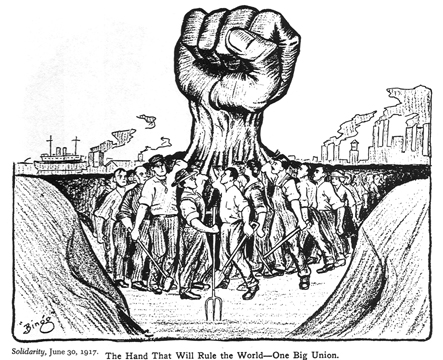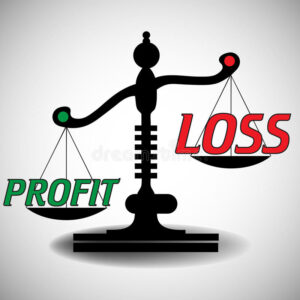COMPANY – INDUSTRY – ACTION
This course is for those students who want to know about working for a company and industry. Their types, duties, and work.
This course is for those students who want to know about management, investment, budgeting, advertising, and different cards.
Every country’s and family’s development is built on economics. Economics is a required course for all educated people; without it, you cannot claim to be educated.
Learn economics to better understand the ups and downs of the economy and how to manage your life. Economics enables you to think strategically and make decisions that optimize the outcome.
People who have studied Economics and Finance are in high demand because they are well-prepared for jobs in banking and the financial sector, such as in accounting firms.
The study of economics helps people understand the world around them. It enables people to understand people, businesses, markets, and governments, and therefore better respond to the threats and opportunities that emerge when things change.
COMPANY -INDUSTRY WORKING
INDUSTRIAL ACTION TERMS

There are three main forms of industrial action: strike – where workers refuse to work for the employer. action short of a strike – where workers take action such as working to rule, go-slows, overtime bans, or callout bans. lock-out – a work stoppage where the employer stops workers from working. An occasion when workers do something that is intended to force an employer to agree to something, especially by stopping work: Workers at the plant are threatening industrial action
- 1) Economic Strike: Under this type of strike, labors stop their work to enforce their economic demands such as wages and bonuses.
- 2) Sympathetic Strike:
- 3) General Strike:
- 4) Sit down Strike:
- 6) Hunger strike:
LIBERALISATION- GLOBALISATION- PRIVATISATION

OTHER MAJOR TOPICS

- MANUFACTURING – PRODUCTION – READY
- PRODUCT AND QUALITY
- QUANTITY AND QUALITY
- DEMAND AND SUPPLY
- OPENING AND CLOSING TIME
- AGREEMENT – DEAL –CONTRACT
- DEAL
- AUCTION- BIDDING
- SALE AND BUY
- SALER – BUYER –CUSTOMER
- COST AND PRICE

- MARKETING AND MANAGEMENT
- BARGAINING
- A – DISCOUNT
- EXCHANGE
- LOSS AND PROFIT
- WIN-WIN SITUATION
- ACCOUNTING
- SHARE
- PLEDGE- ATTACHMENT – BROKERAGE
Cost is typically the expense incurred for making a product or service that is sold by a company. Price is the amount a customer is willing to pay for a product or service. The cost of producing a product has a direct impact on both the price of the product and the profit earned from its sale.
Price is generally used to refer to the amount of money that a seller is asking for something, and cost generally refers to the amount of money that a buyer will spend rather than the price that a seller is asking for.
Cost analysis and price analysis are two unique methods of projecting costs for projects and programs. Price Analysis looks purely at the unit price from a vendor while Cost Analysis incorporates the reasonable cost to the vendor of producing that item to determine if the price quotes are fair and appropriate







